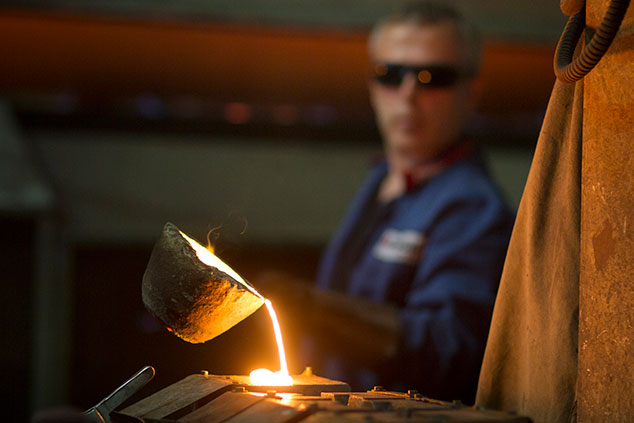
Investors unnerved by all the talk of a trade war have been able to console themselves with the thought that global growth is going gangbusters. After all, 2017 finally “saw just about all the important economies pick up steam” after years of historically lacklustre growth in major economies following the global crisis, as Daniel Moss on Bloomberg points out. But this “synchronised global growth” story is losing its appeal.
The JP Morgan-IHS Markit Global All-Industry Output index is “as close to real time as one can get” when it comes to economic indicators, says David Scutt on Business Insider Australia. It covers over 18,000 firms – in both the manufacturing and services sectors – in 40 countries. It has just slipped to 53.3, a 16-month low. (Anything above 50 still points to overall expansion.)
Deteriorating data
Regional data has cooled off too of late. The latest US payroll figures looked lacklustre: only 103,000 jobs were added in March. In Europe, the PMI survey of manufacturing activity has declined for three months in a row and has returned to last autumn’s levels. In Germany, which accounts for 23% of euro area GDP, retail sales have declined for three successive months. Industrial output has slipped too.
Changes in the amount of money sloshing around in an economy can also be a sign of weakness to come – although these gauges have also frequently given false alarms. Growth in the money supply has fallen rapidly in the developed world. It seems that “Fed tightening is already causing the US money supply to slow sharply”, says Ambrose Evans-Pritchard in The Daily Telegraph. In Europe, the strong euro and a slower pace of money printing from the European Central Bank have had a similar effect. If a global downturn arrives in 2019, “it will be horrible for everybody. Aggregate debt is over 50 percentage points of GDP higher than pre-Lehman levels.”
Too soon to panic
Keep in mind, however, that growth remains solid everywhere; all we are seeing is a decline in the pace of growth. In some business cycles, the pace picks up again; even if it doesn’t this time, there is nothing to suggest we are about to fall off a cliff.
As Anatole Kaletsky points out in a Gavekal Research note, “the combination of tax cuts and a surge in public spending with the still very low level of interest rates makes it almost impossible for the US economy to slow substantially in the year ahead”. The labour market is still adding an average of 200,000 jobs a month, as it has for the past seven years.
A healthy US economy will bolster growth in Europe and emerging markets, where the business cycle is still at an early stage. If a trade war blows up, growth will certainly be undermined. But any economic weakness is likely to be met with a delay in monetary tightening or more interest-rate cuts. The stockmarket party may not be over just yet.